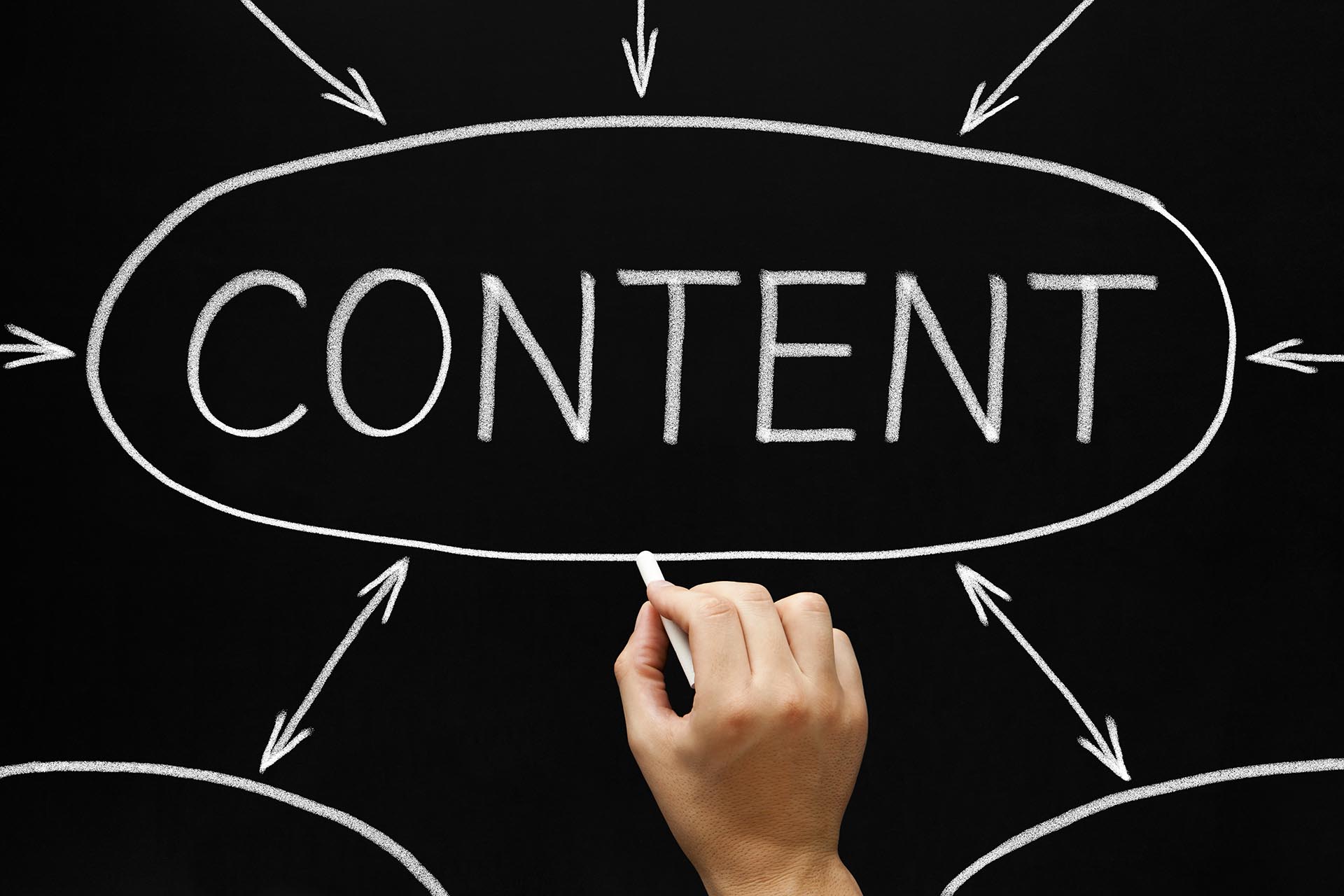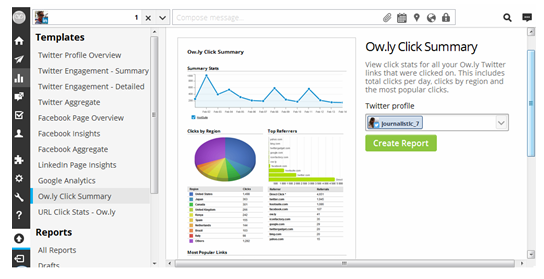
This is Part 4 in a 5 part series. Please read the previous posts first or none of this will really make any sense.
So, you have your power accounts. You've done what was posted in the previous parts of this series and you have a strong individual presence on Facebook and Twitter at the least plus hopefully other social media sites like Google+ and Pinterest. It's time to put these accounts into action and produce a return on your investment of time and energy. Where do you start?
As with most proper marketing strategies, it's time to plan. Your accounts should have a strong localized following by now. The names of both the dealership and the individual influencer at your dealership (preferably the owner or general manager) are quickly becoming very well known in the community. Like the Tracy Myers and Jeff Cryders of the world, the person who is representing your dealership should be out and about talking to customers at the dealership, outside of the dealership, and online.
One thing that wasn't unfortunately omitted from the previous articles but that's a very important note is that this person should be there for the good AND the bad. They should be the name used when responding to online reviews whenever possible. This is one of the reasons why a person of authority is best suited for this role.
With that out of the way, let's talk about planning...
Proper Prior Planning...

...prevents poor performance. There are actually many "power accounts" that I've seen in the automotive industry that were either under-utilized or turned into spamming accounts. Your power accounts must think like Goldilocks - not too hot, not too cold, but just right.
Every post should be thought out with precision. Posting at the right timesis extremely important. All of the major social media sites are driven by momentum to some extent; EdgeRank on Facebook, for example, gives prominence to posts by those who have had a lot of likes, comments, and shares on previous posts. The more you're liked, the more you'll be liked. Google+ is the same way. Twitter, Pinterest, Instagram, Tumblr, and others work from a chronological feed, but the strategy remains the same for different reasons. You want to get retweets, reblogs, repins, etc, so that your posts are more visible to other people who may then choose to follow you. Same concept, different purposes.
Now that we understand that, let's talk about what to post. Just like when driving, you don't want to just look at the road directly in front of you. You drive by pointing your car towards the distant goal while keeping your peripheral vision on potential obstacles that may jump out at you. When you're in traffic, you switch lanes based upon your end goal as well as the flow of traffic in front of you.
Mixing up the proper types of posts isn't a random thing. You should know when to post for conversation and when to post for conversion:
- Conversation posts are those that are designed to appeal to people's interests. These are often images or text posts that are interesting, entertaining, or useful. The goal is to use these to get the interest of your fans and friends of your fans, to increase exposure, and to set up the conversion posts that follow.
- Conversion posts are the marketing posts. These are different from branding posts which we'll describe later. These are posts that have distinct goals in mind. It may be promoting an upcoming sale. It may be an especially intriguing vehicle that just came in on trade. It could be a contest, a charitable event, an interesting video advertisement, or simply a link to a landing page on your website.
Those two are the primary types of posts, but you'll also want to work in branding posts. These are designed to improve your standing in the community and spread a general message to increase goodwill. For example, when we post customer reviews or images of happy customers (no, not the boring types, the really awesome happy customer posts), we aren't trying to sell a car or promote a sale. We're just trying to let as many people as possible know that the dealership treats customers right.
This is where the planning comes in. You will need a calendar or scheduling software that allows you to get a bird's eye view of what your coming posts will say. Mix it up properly. Use conversational posts appropriately. For example, if you have a big sale coming up this weekend, you may have two or three really strong conversation posts that lead up to the first conversion post about the sale. This way, more people will see it when it does get posted.
Determining the personality of the posts is another important part of planning. There are too many "randomly interesting accounts" out there on social media. You are not George Takei, and but you can learn from him. He posts mostly geek-oriented humor posts. He stays within his niche and plays on it well. For your dealership and power account personality, you may want to lean towards being the ultimate vehicular genius in the area. You may want to start a mini-meme in the local area by taking pictures of the power account person taking a particularly awesome vehicle around to well-known places and businesses in the area. This part takes creativity and brainstorming, but here's a quick example of one that I truly enjoyed:
An owner would go to every baseball game when the local MLB team was at home. They would drive around and look for cars that were parking that had the dealership's branded license plate bracket. They would approach these people as they parked, ask them if they already had their tickets, and offer them use of the dealer's seats for the game. Season passes aren't that expensive, especially when they can be used for a strong social media marketing campaign. They would, of course, record the conversation with the happy customers and post it throughout their social profiles.
Remember, the goal is to make a plan that will help your dealership personality stand out. This isn't about post scheduling, though that's important as well. It's about putting together a strong action plan for today, next week, next month, and across the future. This is where the power accounts can truly start making an impact and exposing the brand to a wider audience.
I would be more than happy to consult with any dealership that wants to brainstorm some ideas and learn more about planning.
Once you have the plan, it's time to get your customers involved...
Getting Outrageous Support from Your Customers

Having a power account makes things easier, but it doesn't change one ominous fact about social media: "It's not what you're saying about your business on social media that's important. It's what others are saying about you."
Power accounts are the ultimate vessel through which to get the raving fans that can truly enhance your business. It's not about getting fans. It's about getting absolutely delighted customers who are not only willing to tell others about you but are excited about spreading the word. Another article can be written about the importance of making your customers ecstatic and how the owner or general manager are the most powerful people when it comes to making this happen, but that's not for today.
Your power accounts need to be interacting with as many people as possible. They need to be celebrities in heart and mind. They need to participate whenever appropriate with the most amazing customers. For example, a dealership I recently talked to told me about a 4th generation buyer. A great grandma, her daughter, and the grandson brought in the great granddaughter to buy her first car. They all came in together. They told everyone in the showroom about the multiple experiences they'd had at the dealership for 5 decades.
I asked about the videos. There were none. I wanted to cry.
This is one of those rare opportunities when the owner or general manager should have done everything possible to make these people special. It was a social media story that could have carried weight for months. It was multiple photo opportunities. It was a chance for the ultimate testimonial video. The power account person should have offered to take this family to a nice dinner. So many chances here, all missed.
On the other side of the spectrum, I was visiting a dealership earlier this year. The GM took my team and his internet department to breakfast. A man approached as we were at the cashier and thanked the general manager for helping his son buy a car a month before. The GM didn't think twice. He shook the gentleman's hand, then grabbed the ticket from his other hand and said, "We appreciate your business, my friend. Breakfast is on Holiday Automotive this morning."
Had I had the chance to do it all over, I would have asked them all at the moment if they would mind if I put the experience on Facebook. From a dealership perspective, there's a fine line between bragging and making a random act of gratitude like this resonate on social media. Here's what I would have posted:
"Ran into a loyal customer at Moe's this morning for breakfast. We picked up the tab - it felt good! I'd love to do it again. If you see me at Moe's, come say hi. I really appreciate our customers and would love to buy your breakfast as well."
You don't have to wait around for extraordinary moments. Depending on the personality you've chosen for your power account, you can turn the boring pictures that so many dealerships take of their happy customers and turn it into something sharable. For example, the power account individual can take pictures with the customers holding up a whiteboard while standing in front of their new car. The message depends on the personality and desired message, but here are some examples. Again, imagine the buyer holding a whiteboard with the message and an arrow pointing towards the power account person:
- "This guy just made me a deal I couldn't refuse for my new Altima."
- "Ask for Hank and he'll tell you a joke, then make you a killer deal."
- "The worst negotiator in the world just sold me this car. Ask for Hank!"
- "This guy just treated us with dignity and respect. Not your stereotypical car dealer. Ask for Hank!"
There are many, many ways to get great content from your happy customers. The key is to make sure that it's something you can post, that the dealership page can post, and that the customers themselves will be willing to post on their own accounts. This is how to get conversations going. This is how to make a difference with your social media content.
In the past, some dealers would try to get their customers climb into the trunk of a car they were considering. It was a demonstration of control; if you could get your customer to climb into the trunk, you had control of the deal. Today, we want to get people into the "social media trunk". This is no longer about control. It's about creating an atmosphere of mutual respect and harnessing this atmosphere to take advantage of the word of mouth that social media empowers your customers to wield. Getting them to post is much more important than what you're posting. The power account is best positioned to make this happen.
Getting Your Message Shared

The social media power account at your dealership gains a certain power when they reach the top level within the community. They have the opportunity to go from being liked to being shared. This is the hardest part. It takes time, creativity, and cleverness.
This does not mean posting things such as "Share this if you believe that..." Posts that ask for likes or shares are weak. They turn people off. Never ask for a retweet, a like, a share, a +1, or anything else in the post itself. That doesn't mean that you don't ask. It means that you don't ask within the post.
Where the power account can get shares is often with the interaction that they have with others both in real life as well as on social media. Before getting to real life share requests, let's first look at interactions. When your power account likes, shares, comments, retweets, reblogs, or any other interaction with other businesses or individuals in the area, they are more likely inclined to return the favor. Reciprocity on social media is common. The more you like, the more you'll be liked. The more you share, the more you'll be shared.
There's an art and a science to understanding who will reciprocate and who will not. On Twitter and Pinterest, it's really easy, of course. Just find people who respond or retweet. Those who are only broadcasting will likely not reciprocate. On Facebook and Google+, it's more challenging but can be done. Test it out. Dedicate a little bit of time every day to engage with local pages and individuals (especially customers). Don't spam them or stalk them, but engage. If they reply, keep note of who they are and check them out from time to time.
In real life, it's a matter of asking and getting your staff to ask. It starts with them. If they aren't following and engaging with the power account online, they won't be willing to ask others to do the same.
It's not just about asking. Advertise it. Make signs and put them up around the dealership. In service, it could be a sign that says, "Hank gives customers free oil changes on Facebook and Twitter from time to time. Follow him and get something useful from social media instead of just funny cat pictures (even though Hank loves cats, too!)."
It could be much more blatant as well. "Receive a 10% discount on your current service. Just follow Hank and share one of his posts on your Facebook profile and get the discount immediately."
Again, be creative. This is your time to make your power account shine.
* * *
In the final part of this series, we will bring it all together with real world examples of power accounts in action. Your social media reputation can become the hub through which you dealership's entire reputation stems. When this happens, you'll have much more control over what people are saying and hearing about you. More importantly, you'll have an opportunity to gain benefit for your dealership in an arena where your competitors are likely failing miserably. As social media continues to grow, there are only a few who will truly succeed and a vast majority who will not. Which side of the fence will your dealership choose?















































